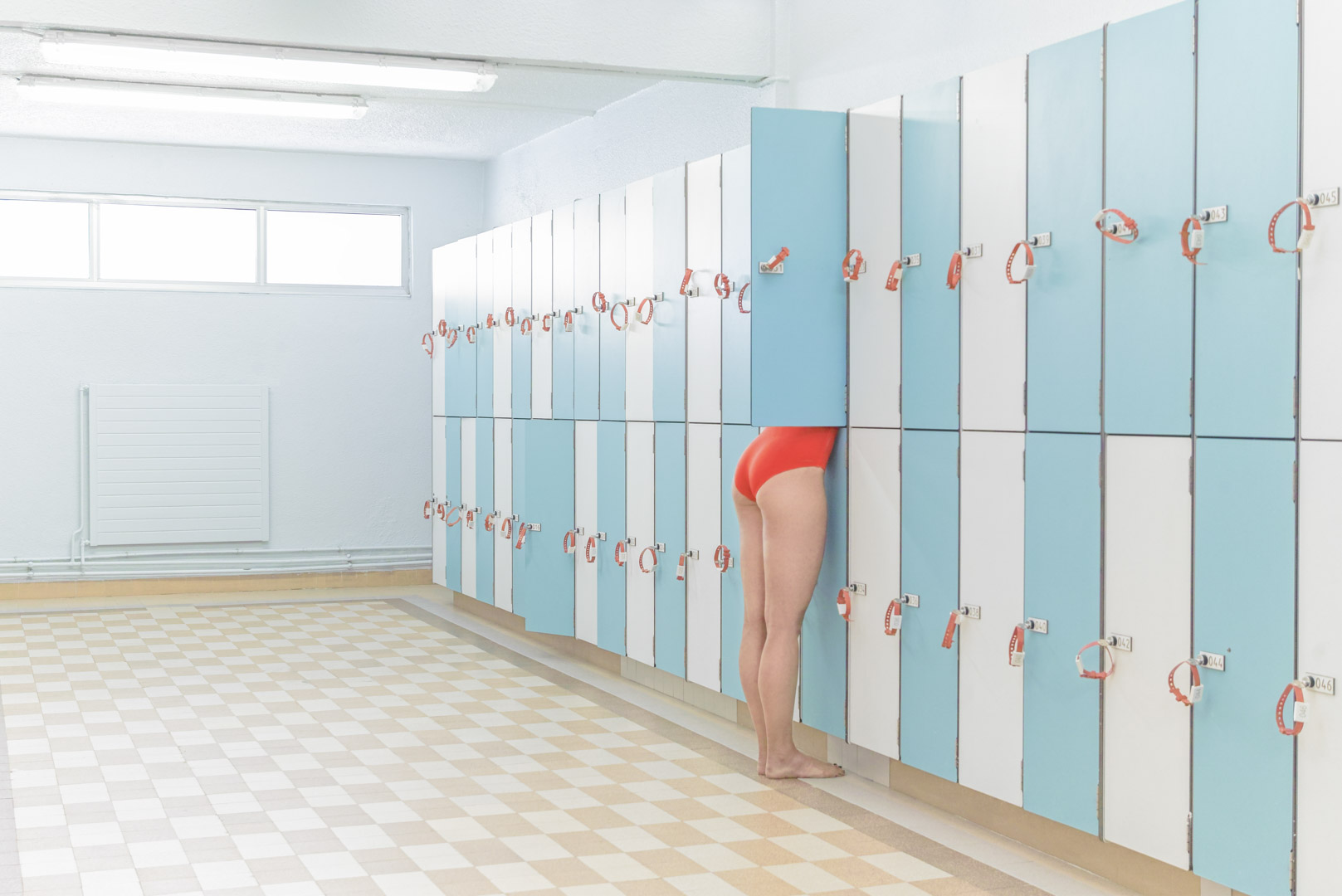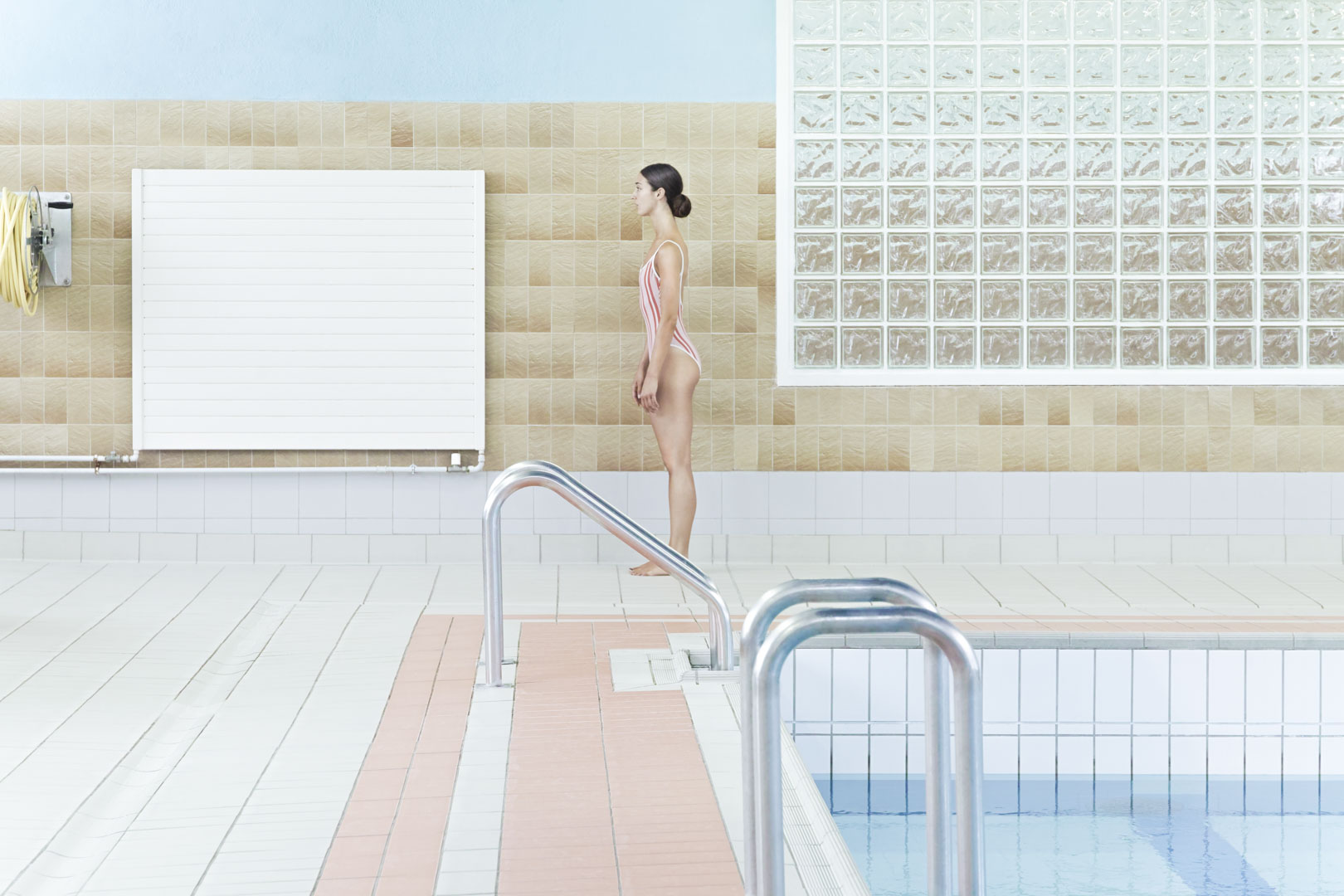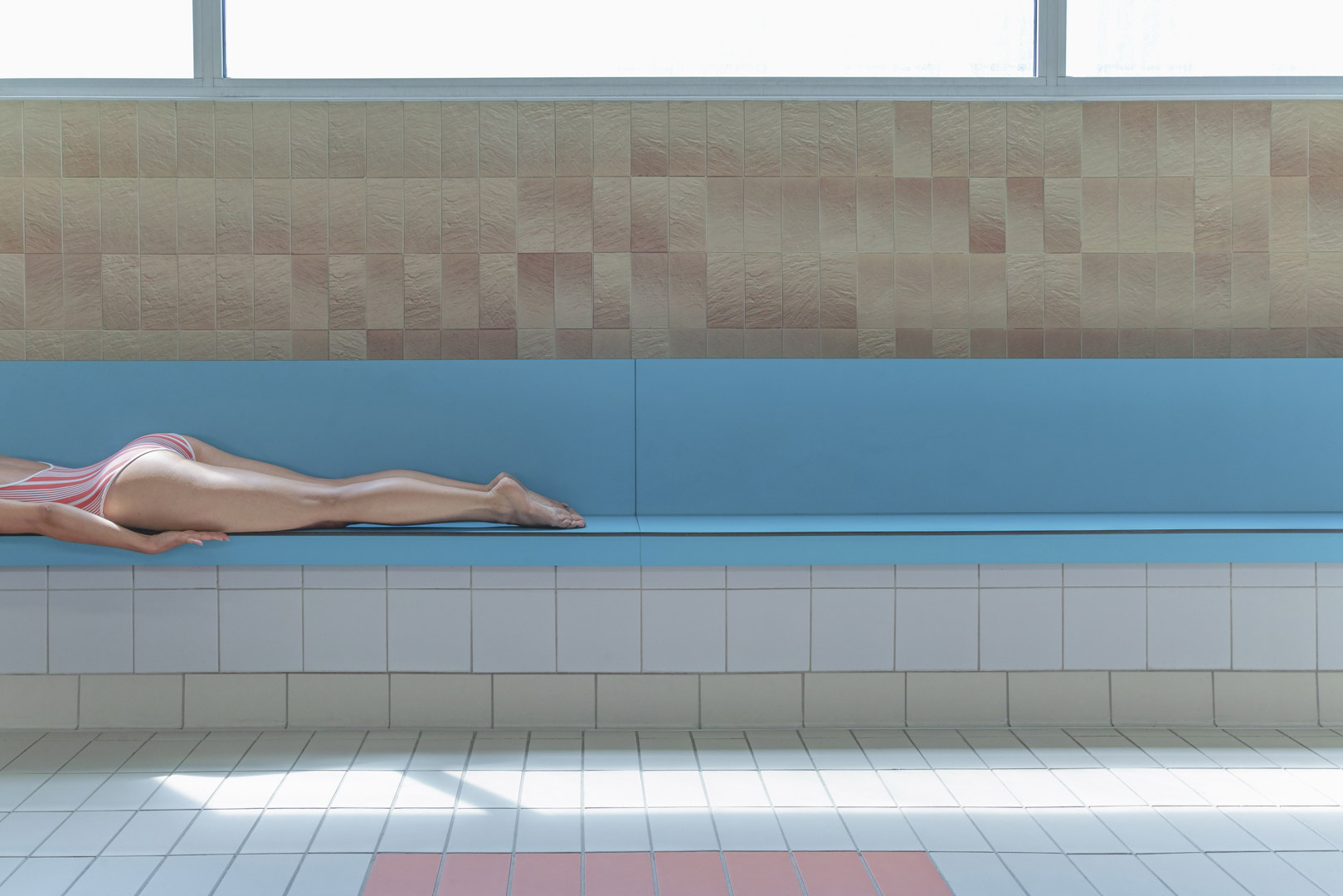La dilution du souvenir, 2020
“Forms dissolve because they do not exist in their fixity and identity, for there are only images in the world.”
Eric Dufour, David Lynch: Matter, Time and Image
Identity and our relationship to the world are forged around the notion of memory. It takes on many faces; a vagabond of time, it plunges us into a space other than the one we are in. The result is a derealization of place and a negation of time.
This representational spaces take on a multiple character, with a blurred, undulating border. A double representation is formed, suggesting an off-camera, a mystery that becomes the flesh of the imagination. Like a half-open door leading to “another”, it’s a fragment of time that becomes the expression of an ever-receding whole. This duality marks a feeling of absence, of invisibility. Absence from the present or absence from the past, it’s “the invisible as the relief and depth of the visible”.
Time and space together form a wave, in which memories are gradually diluted, giving way to the echo of an absence. These characters wander through the places of memory, like a tableau of the strange in the everyday. Where everything we know suddenly seems so foreign: that’s where lack and absence are born. Memories are fleeting, shifting and powerful in their fragility. This is where its beauty lies. Lack is elusive and plunges the character into a hypothesis of life. In remembrance, we oppose what is to what is no longer: past and present, two incompatible possible worlds. However, there is no pre-existence of a world to its representation. This is an attempt to make the before and after coincide in a single image.
It is through this image that the past and memories evaporate, like a farewell waltz. The memory vanishes, faces melt away, leaving behind only a fragile, elusive imprint, the shape of a memory.










